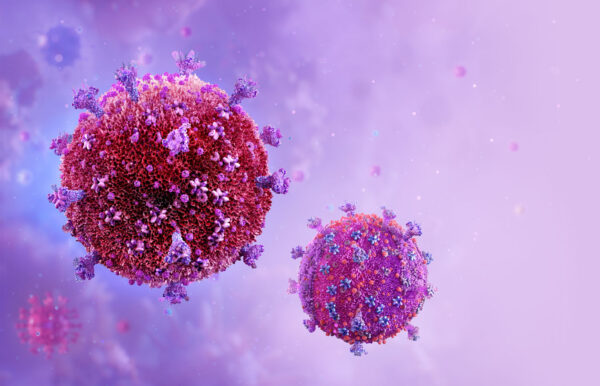
Use of three-dimensional (3D) scaffolds in vivo to influence cell behavior is not a new concept. However, recently reported work innovatively applies the approach to the field of cancer immunotherapy1. The use of 3D scaffolds loaded with lentiviral vectors (LVs) to program host T-cells directly within the tumor microenvironment is a bold strategy. Traditionally, adoptive T-cell therapy involves extracting T-cells from patients, genetically modifying them in vitro, and then reintroducing them back into the patient’s body. However, this process is laborious, time-consuming, and poses risks such as T-cell loss or dysfunction during ex vivo manipulation. Three-dimensional scaffold-mediated T-cell programming circumvents these challenges by implanting scaffolds loaded with LVs directly into tumor sites, where they deliver genetic payloads to infiltrating T-cells, augmenting their ability to recognize and eradicate cancer cells.
This novel approach capitalizes on the body’s natural immune response mechanisms. By programming T-cells directly within the tumor microenvironment, researchers aim to enhance their tumor-targeting capabilities while minimizing systemic side effects associated with conventional immunotherapies. Moreover, the localized delivery of LVs via 3D scaffolds offers several advantages over systemic administration, including reduced off-target effects and enhanced treatment efficacy.
The reported results involved preclinical models of melanoma. Notably, the implanted scaffolds loaded with LVs encoding tumor-specific receptor genes led to significant tumor regression and increased infiltration of functional T-cells into the tumor microenvironment. This scaffold-based approach opens up avenues for further optimization and customization to suit the unique characteristics of different cancer types. For instance, the authors propose that researchers could explore the incorporation of T-cell-specific promoters to minimize expression of inserted genes where transduction has occurred in non-T-cells. Additionally, they suggest that the inclusion of immunomodulatory factors within the scaffolds could help overcome tumor heterogeneity and immunosuppression, potentially augmenting the anti-tumor immune response.
Despite its promising potential, several challenges need to be addressed for this technique to move beyond the proof-of-concept stage. One such challenge is the use of non-degradable polymers in scaffold fabrication, which may raise concerns regarding long-term biocompatibility and inflammatory responses. However, researchers suggest that incorporating degradable components into the scaffolds could mitigate these concerns while preserving scaffold integrity and function.
Three-dimensional scaffold-mediated T-cell programming represents a more targeted and personalized approach to cancer treatment. By harnessing the power of the immune system and programming T-cells directly within the tumor microenvironment, this innovative strategy circumvents many of the challenges currently hindering wider adoption of existing immunotherapeutic approaches.
References
- Dandia, H. Y., Pillai, M. M., Sharma, D., et al. (2024). Acellular scaffold-based approach for in situ genetic engineering of host T-cells in solid tumor immunotherapy. Military Medical Research, 11(1), 3.
